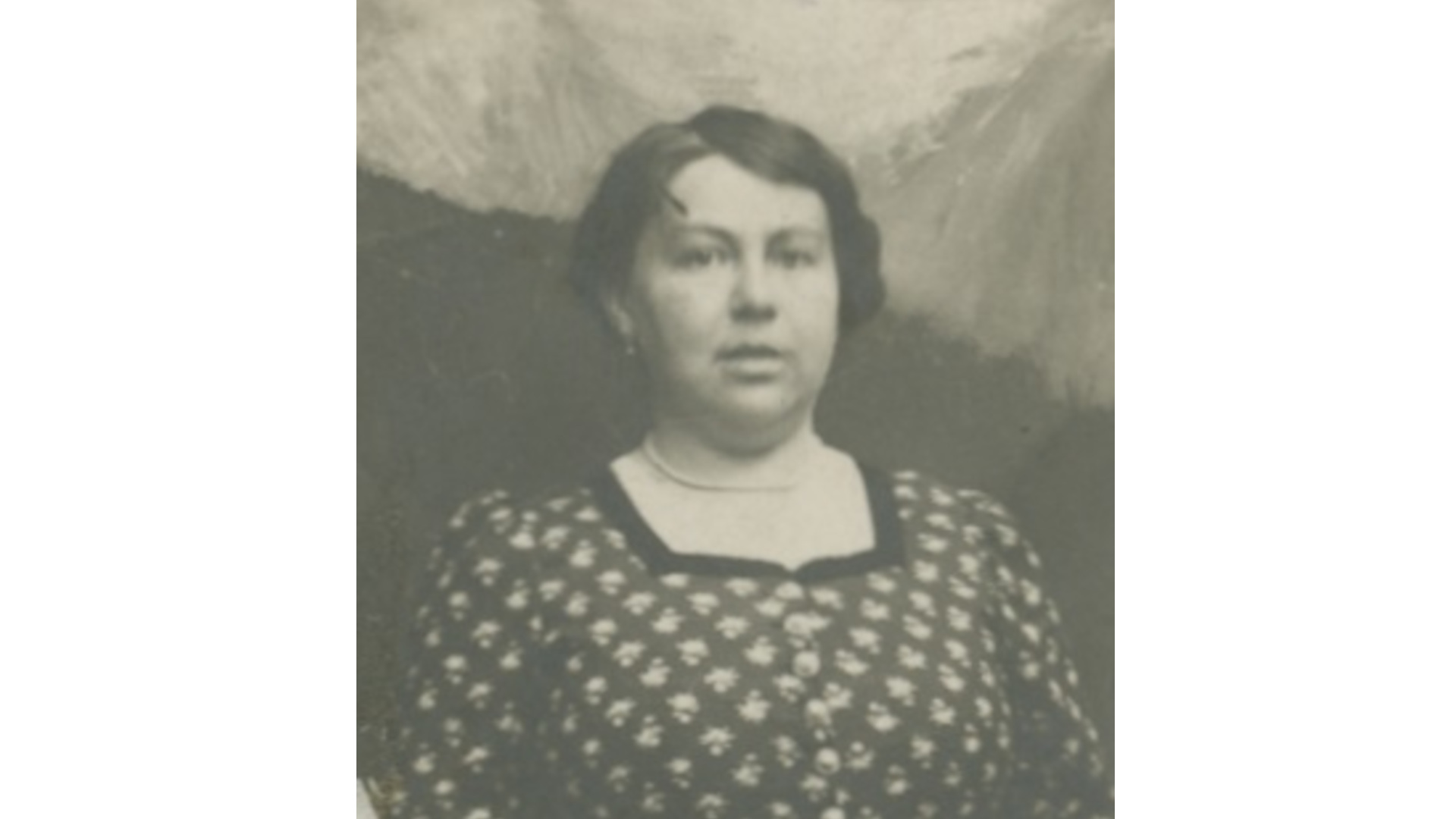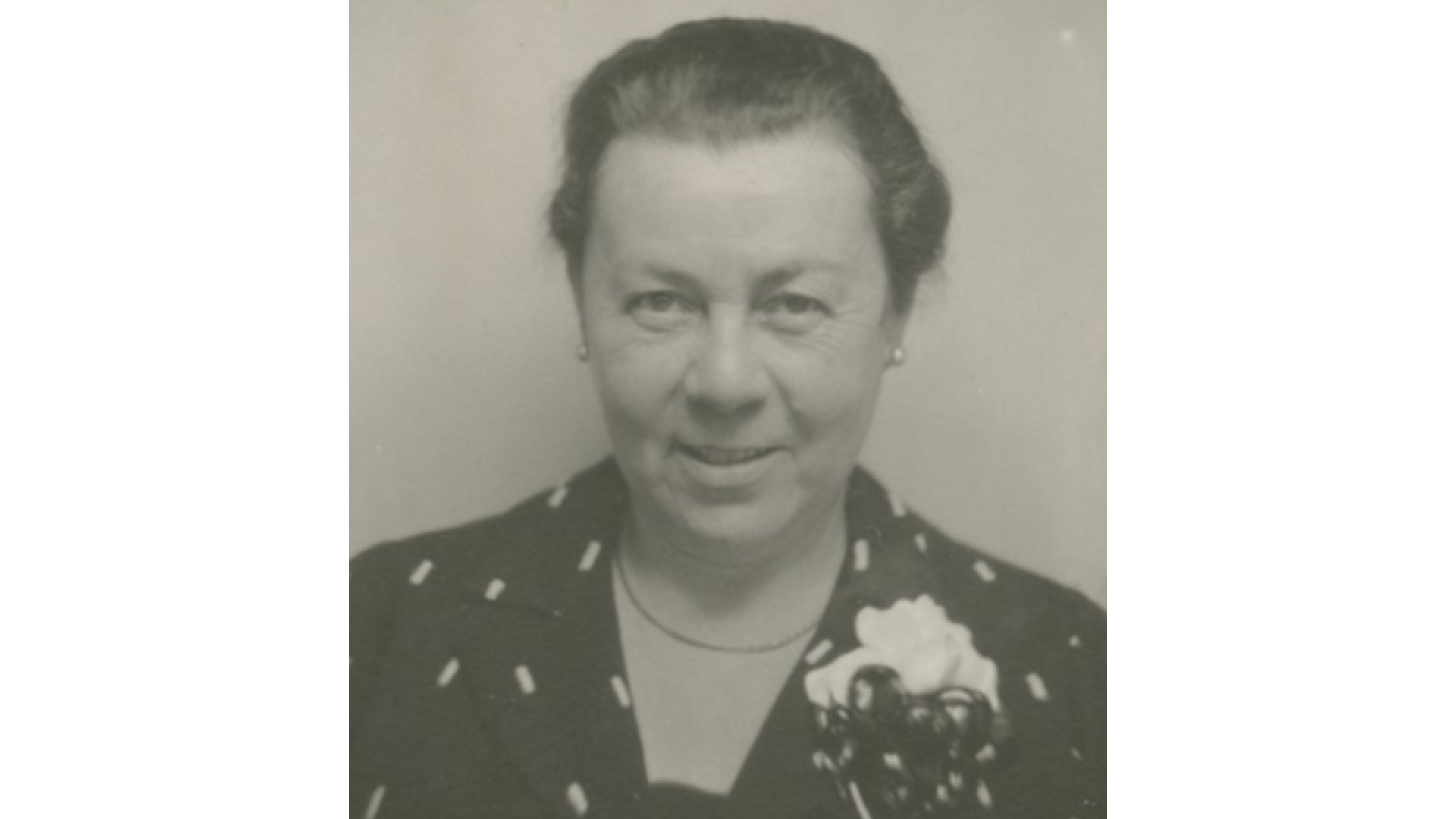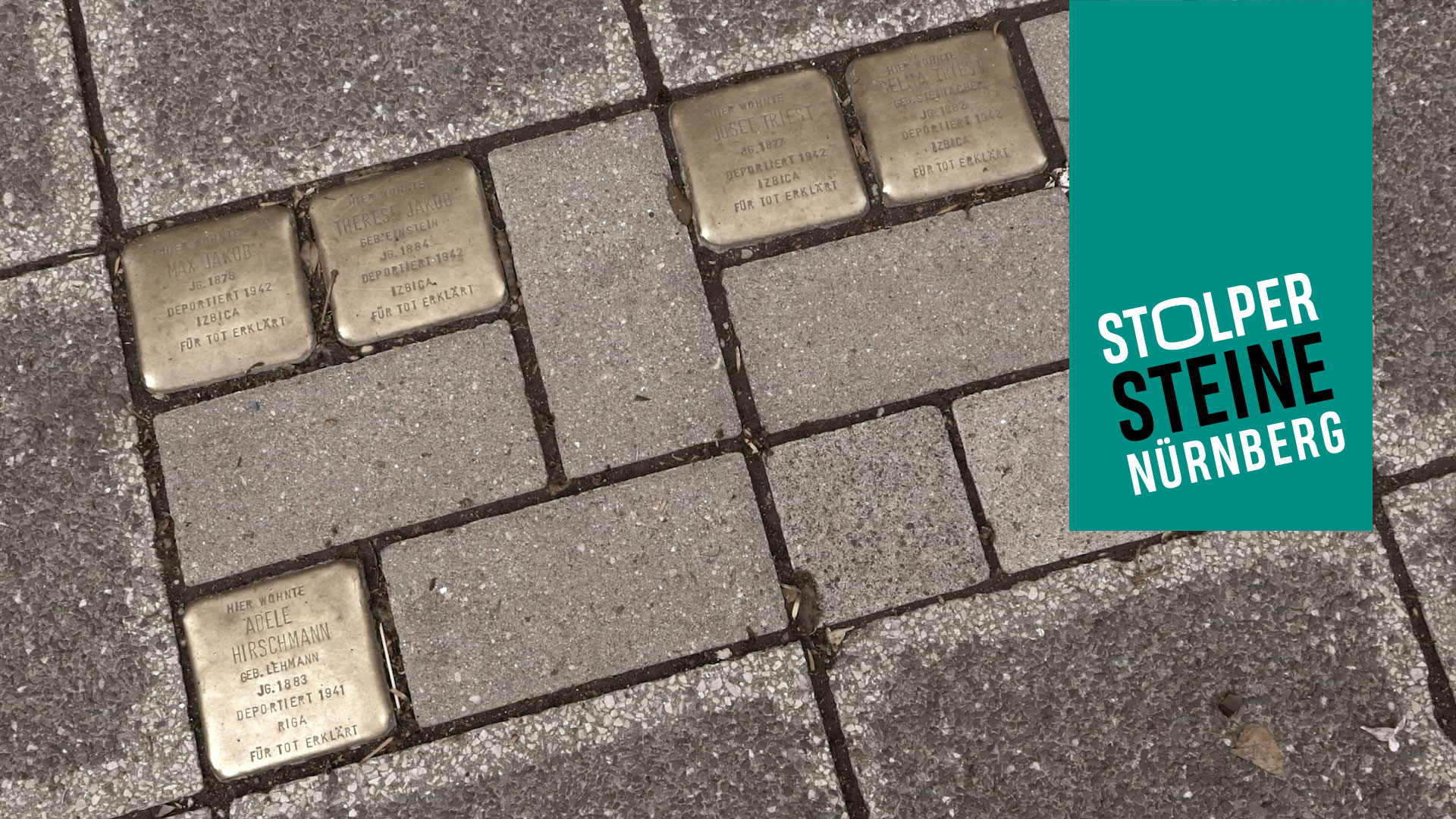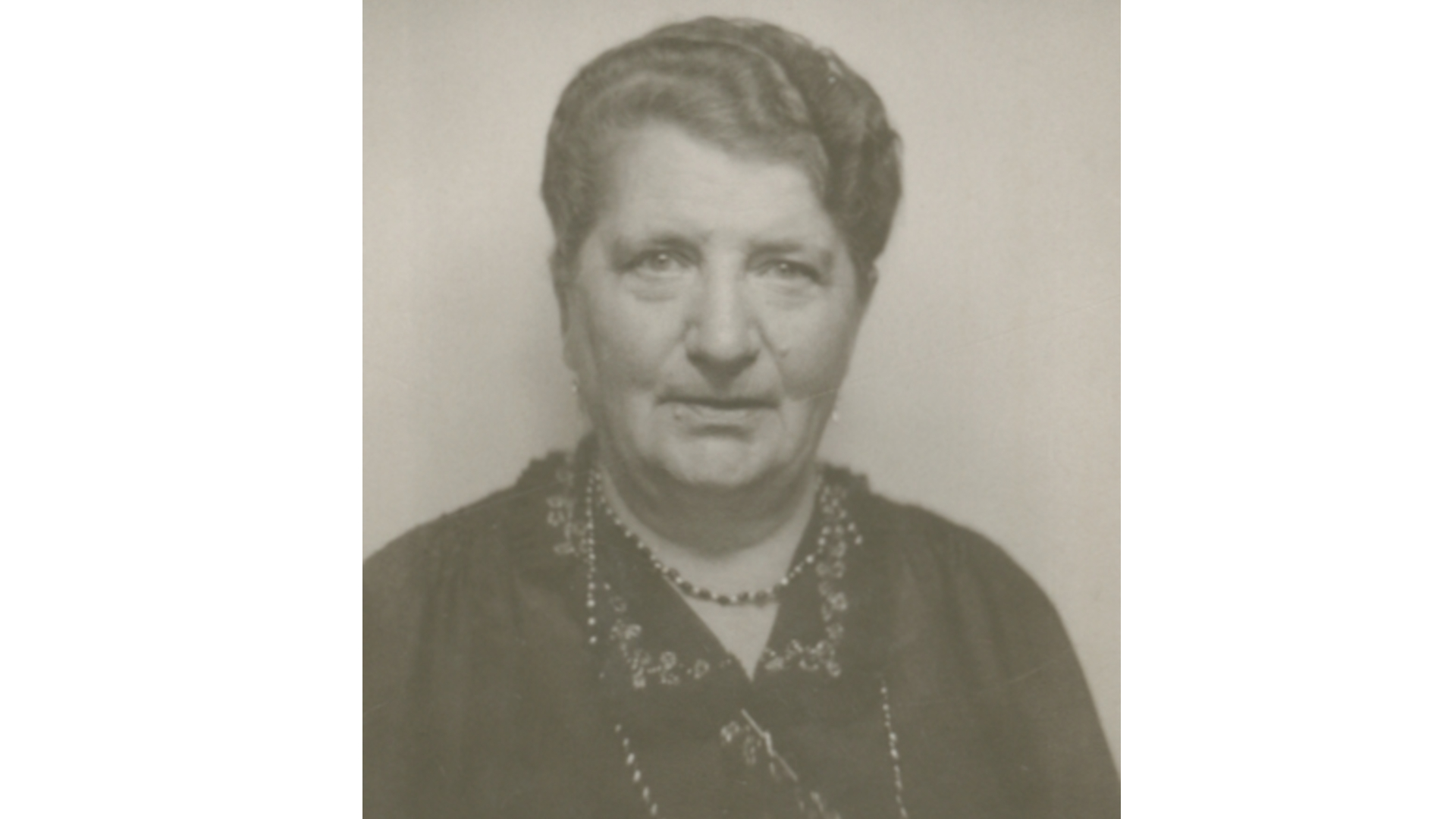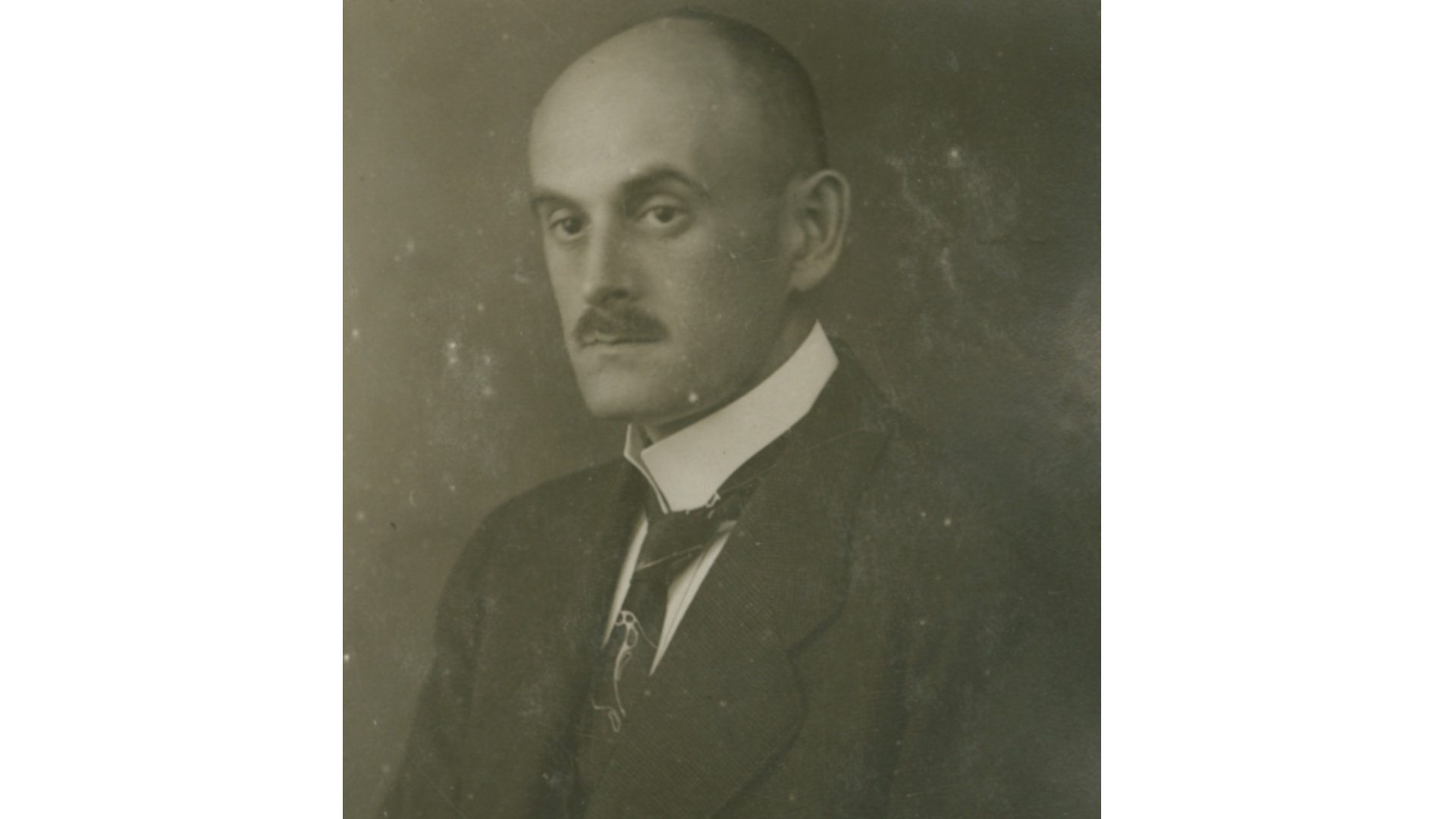| Location of stone: Theodorstrasse 3 | District: Wöhrd |
| Sponsors: Hubert Rottner Defet, Thommy Barth and others | Laying of stone: 22. Mai 2004 |
Biography
Gunter Demnig laid the first stumbling stones in Nuremberg on 22 May 2004. These included the stumbling stone for Adele Hirschmann (née Lehmann), who was murdered in the Riga-Jungfernhof camp.
Adele Lehmann, born on 13 March 1883 in Bamberg, was the daughter of banker Julius Lehmann and his wife Ernestine (née Rothschild).
It is not known whether she was related to the family from Rimpar in Lower Franconia. Three brothers from this family emigrated to the USA in the middle of the 19th century, where they founded the Lehman Brothers investment bank.
On 12 June 1905 Adele Lehmann married Heinrich Hirschmann, a hop trader. Born on 3 December 1873 in Hüttenbach, he later moved to Nuremberg. On 3 April 1906 Adele’s daughter Irene was born, followed on 14 August 1907 by her daughter Lilly.
Heinrich died on 9 September 1922. Adele was deported to Riga on 29 November 1941 and murdered there.

